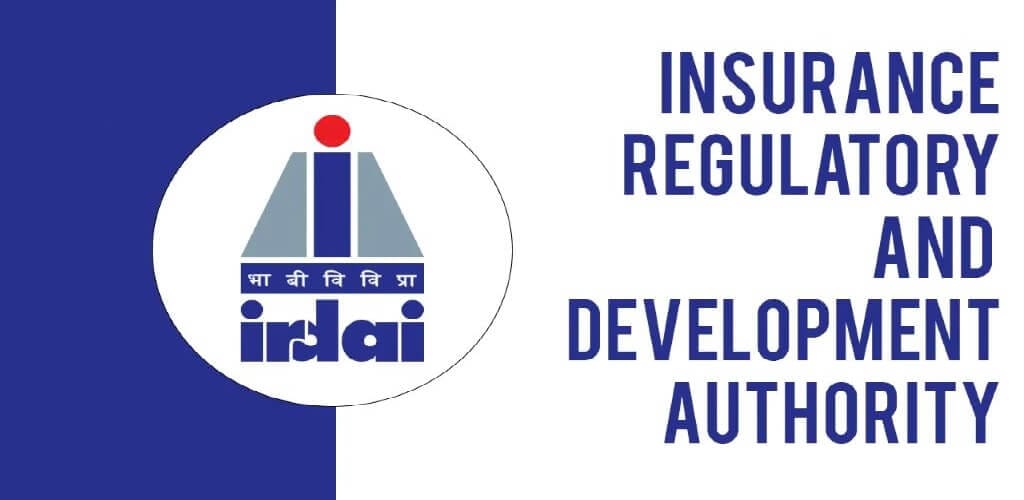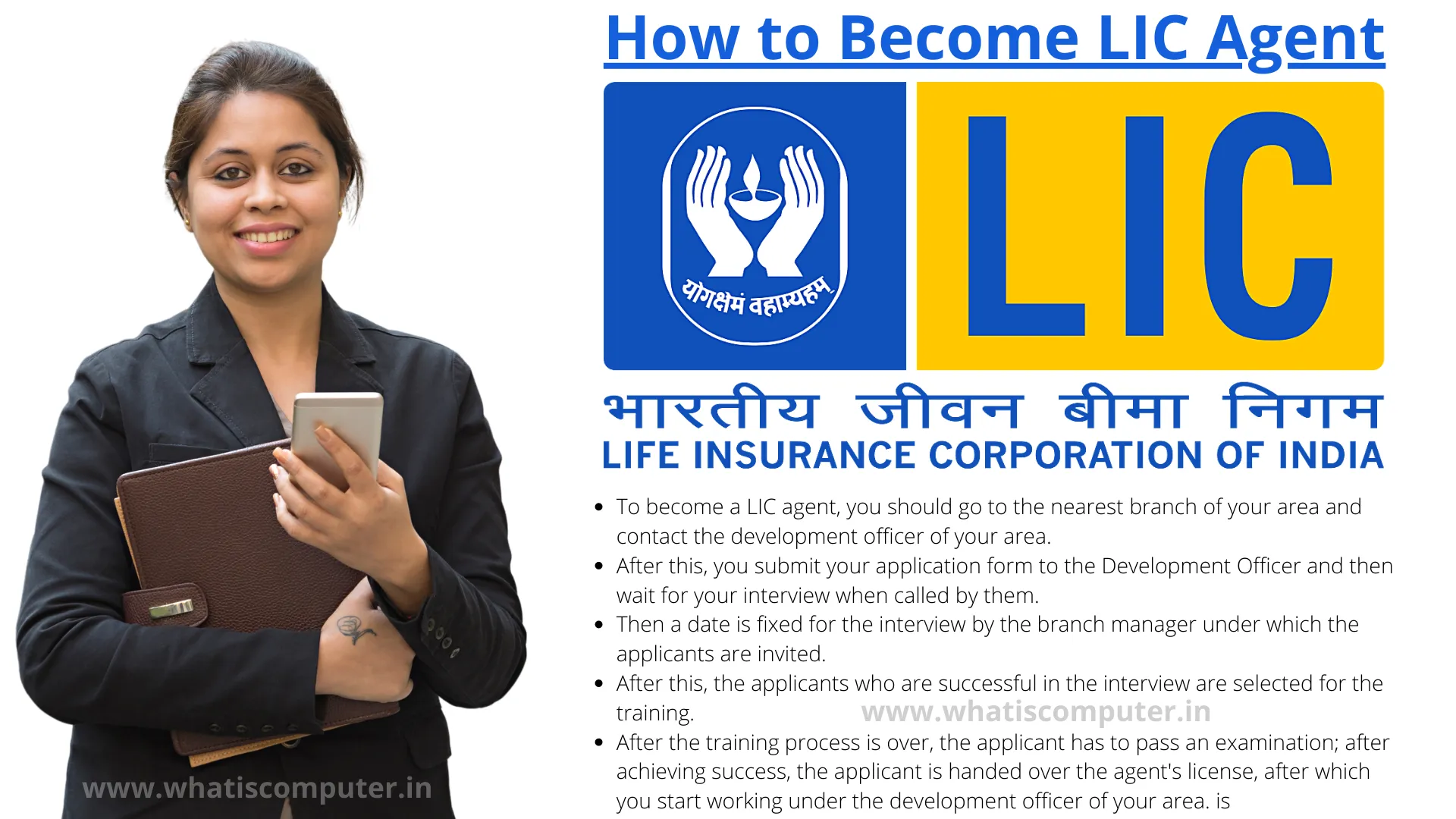Introduction
The Insurance Regulatory and Development Authority of India (IRDAI) is India’s statutory insurance regulator. It frames rules, inspects insurers, and approves (or enables the launch of) life insurance products so consumers get transparent benefits, fair pricing, and robust grievance redressal. For buyers, verifying that a plan is IRDAI approved (properly filed and bearing a valid UIN) isn’t a box‑tick—it’s the foundation of safety and trust. This guide explains how IRDAI approved life insurance plans come to market, the role of unique identification numbers (UINs), recent regulatory updates, and practical steps to verify a policy before you buy. We reference IRDAI’s 2024 product regulations and master circulars (still the core rule‑book in 2025), and point you to the official registry pages you can check yourself.
What are “IRDAI approved life insurance plans”?
In practice, an “IRDAI‑approved” plan is a life insurance product that has been filed and brought to market in line with the IRDAI (Insurance Products) Regulations, 2024 and the Master Circular on Life Insurance Products. Every life product/rider must be assigned a Unique Identification Number (UIN); insurers must display the UIN and full product documents (policy wording, prospectus/benefit illustration, premium calculator) on their website before launch or within 7 days of UIN allotment. That UIN must also appear on brochures/policy documents. IRDAI
IRDAI’s framework covers all life insurance types—pure term, return‑of‑premium term, endowment/savings, ULIPs/index‑linked, annuities/pensions, micro‑insurance, and group products—each subject to the governance, pricing, disclosure, and filing rules noted below. IRDAI
How IRDAI approves (and oversees) life insurance policies
IRDAI uses two tightly‑defined launch routes—Use & File (U&F) and File & Use (F&U)—plus continuous oversight. Here’s the step‑by‑step flow:
1) Proposal & internal governance by the insurer
The insurer’s Product Management Committee (PMC)—which must include the Appointed Actuary, CIO, CMO/Distribution head, CTO and CCO—reviews product design and pricing against board‑approved policies (BAPMPP/BAUP/BAAP). The PMC signs off on due‑diligence (capital, profitability, underwriting, reinsurance risks). The CEO countersigns the certifications. IRDAI
2) Documentation & product filing
For U&F categories (see below), insurers submit a certification set; for F&U, they file a full application to IRDAI’s Competent Authority with the document pack (design, pricing basis, actuarial notes, wordings, sales literature, and change logs). IRDAI
3) Actuarial review & pricing checks
Pricing must follow generally accepted actuarial principles, be fair/non‑discriminatory for similar risks, and align with the insurer’s own experience. The PMC and Appointed Actuary are explicitly accountable for the pricing basis and assumptions. IRDAI
4) Regulatory route: Use & File vs File & Use
Use & File (U&F): Insurers may launch certain categories after filing a certification set. U&F expressly includes individual non‑linked pure term and individual non‑linked term with return of premium (≤100% of total premiums), among others. Insurers must submit quarterly performance reports for the first four quarters and include an annual summary in the Appointed Actuary’s report. IRDAI
File & Use (F&U): Products outside the U&F list, or specific modifications not permitted under U&F, require prior approval by IRDAI’s Competent Authority before sale. IRDAI
At a glance: U&F vs F&U
| Aspect | Use & File (U&F) | File & Use (F&U) |
|---|---|---|
| When used | For specified new product categories (e.g., individual pure term) and certain permitted modifications | For products outside U&F categories, or other modifications |
| Launch timing | Launch after filing certification set | Launch only after IRDAI approval |
| Oversight | Quarterly reports (first 4 quarters) + annual summary | Approval scrutiny by Competent Authority |
| UIN requirement | Mandatory | Mandatory |
Sources: IRDAI Master Circular on Life Insurance Products (sections on U&F/F&U, PMC & reports).
5) UIN allotment & website disclosure
No life product can be sold without a UIN. Insurers must upload the benefits, terms & conditions, policy wording, UIN, and benefit illustration on their websites before launch/within 7 days of UIN. IRDAI standardized UINs back in 2007 (10‑character format tied to insurer registration, product type, serial and version).
6) Final listing & ongoing compliance
IRDAI maintains a public registry of life products. In 2025, IRDAI’s “List of Life Products” section hosts per‑insurer spreadsheets (with product names and identifiers) and shows the latest update dates—useful for buyer checks. Insurers must also provide Customer Information Sheets (CIS) and honor a 30‑day free‑look period per the policyholder‑protection master circulars. IRDAI+1
2025 context: The product framework above (Insurance Products Regulations, 2024 + 2024 Master Circular) continues to govern life product launches in 2025. IRDAI also advanced policyholder‑protection initiatives—e.g., draft norms for an internal insurance ombudsman at insurers—to strengthen grievance resolution. The Economic Times
Why IRDAI approval matters for buyers
Policyholder protection & transparency: Mandatory CIS, prescribed disclosures, and standardized benefit illustrations help you understand what you’re buying. IRDAI
Lower mis‑selling risk: Board‑approved governance (PMC), advertising review, and clear pricing rules curb aggressive or unfair product designs. IRDAI
Solvency & reporting discipline: Insurers must file returns and product performance reports, giving IRDAI line‑of‑sight on risks and conduct. IRDAI
Enforceable rights: The 30‑day free‑look, clear claims and grievance pathways (including Ombudsman escalation and Bima Bharosa portal) are spelled out and enforceable.
Tips to verify IRDAI approved life insurance plans
- Find the UIN on the brochure/policy
Look for a 10‑character UIN on the product brochure/policy document (e.g., “XXXNYYYVZZ”). If it’s missing, that’s a red flag. IRDAI - Check the insurer is IRDAI‑registered
Confirm the company appears on IRDAI’s List of Life Insurers (official registry). IRDAI - Cross‑check the product on IRDAI’s “List of Life Products”
IRDAI hosts per‑insurer product lists (downloadable spreadsheets) in its List of Life Products section—note the last‑updated date (many were updated in Aug 2025). Match the product/UIN you were given. IRDAI - Verify disclosures on the insurer’s website
By rule, insurers must upload the UIN, policy wording, T&Cs, prospectus/benefit illustration, and (where applicable) a premium calculator before launch/within 7 days of UIN. If these are missing, ask why. IRDAI - Use official grievance channels
For unresolved issues or suspicious solicitations, log complaints via IRDAI’s Bima Bharosa (IGMS) portal and escalate to the Insurance Ombudsman if needed.
Common misconceptions about IRDAI approval
- “If it’s sold by a bank/NBFC, IRDAI approval isn’t needed.”
Incorrect. Every life product/rider must follow the product regulations and carry a UIN; distribution channel doesn’t change that. IRDAI - “IRDAI approval guarantees returns.”
No. IRDAI ensures compliance and fair design/disclosures; it doesn’t underwrite investment/bonus outcomes. Check the benefit illustration, risk factors, and policy wording. IRDAI - “Any plan can be launched without filing if the insurer is big.”
Wrong. Launch route depends on U&F/F&U rules, not size. Some categories are U&F; others need prior approval. IRDAI
Buyer checklist (quick)
Note down Insurer Name + UIN from the brochure.
Confirm the insurer on IRDAI’s List of Life Insurers. IRDAI
Cross‑check the product on IRDAI’s Life Products registry page. IRDAI
Download the policy wording/benefit illustration from the insurer’s site (should be posted per IRDAI rules). IRDAI
Keep the 30‑day free‑look in mind; read the Customer Information Sheet. IRDAI
Conclusion
When you see “IRDAI approved life insurance plans,” look past the marketing. A compliant plan carries a UIN, is filed under Use & File or File & Use, appears in IRDAI’s product lists, and comes with standardized disclosures and policyholder protections. The framework—anchored in the IRDAI (Insurance Products) Regulations, 2024 and the Master Circular on Life Insurance Products—continues to guide launches in 2025. Always verify before buying: match the UIN, confirm the insurer’s registration, and read the CIS/policy wording from official sources. CTA: Check IRDAI’s registry and the insurer’s website before you pay your first premium.
Sources you can use right now
IRDAI Master Circular on Life Insurance Products (12 Jun 2024) — U&F/F&U, PMC, UIN, website disclosure, free‑look, CIS, reporting. IRDAI
IRDAI (Insurance Products) Regulations, 2024 — the core regulation that the Master Circular implements. IRDAI
IRDAI “List of Life Products” — per‑insurer product lists (updated through 2025). IRDAI
IRDAI “List of Life Insurers” — verify the insurer’s registration. IRDAI
UIN Format Circular (2007) — structure of the product unique ID. IRDAI
Bima Bharosa (IGMS) — official complaint portal. Bima Bharosa
Disclaimer: This article is for education, not legal advice. Always rely on the latest circulars on IRDAI’s website and official insurer documents.
















